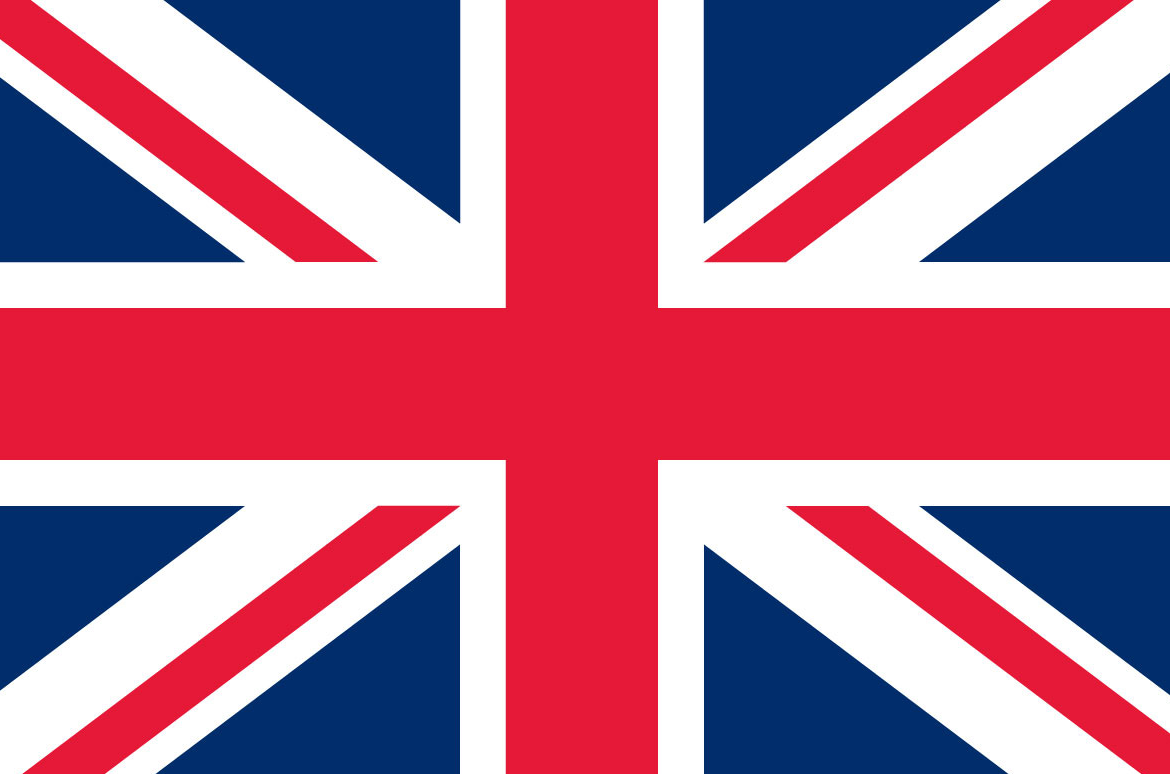Recreational Crafts
Recreational Crafts
Breadcrumbs
- Maritime Administration
- Flag State
- Recreational Boating
- Recreational Crafts
![]() Classification and tonnage of recreational craft (RC)
Classification and tonnage of recreational craft (RC)
REs are classified according to:
- The design category
- The navigation zone
- The type of hull
- The propulsion system.
Classification according to the design category. RC are classified into:
- Design category A - the RC considered suitable for winds that can exceed the force 8 on the Beaufort scale and waves that exceed an indicative height of 4 m
- Design category B - the RC considered suitable for winds with a force equal to or less than 8 on the Beaufort scale and waves with an indicative height of 4 m or less
- Design category C - the RC considered suitable for winds with a force of 6 or less on the Beaufort scale and waves with an indicative height of 2 m or less
- Design category D - the RC considered suitable for winds with a force equal to or less than 4 on the Beaufort scale and waves with an indicative height of 0.3 m or less, with occasional waves with a maximum height of 0.5 m.
Classification regarding the navigation area. The RC , in terms of navigation area, are classified as:
- Type 1 - vessels for oceanic navigation, the RC of design category A, designed and suitable for sailing without an area limit
- Type 2 - vessels for offshore navigation, RC of design category A or B, designed and suitable for sailing up to 200 miles from the coast
- Type 3 - vessels for coastal navigation, the RC of design category A, B or C, designed and suitable for sailing up to a distance not exceeding 40 miles from the coast
- Type 4 - vessels for restricted coastal navigation, RC of design category A, B or C, designed and suitable for sailing up to 25 miles from any harbor and up to 6 miles from the coast
- Type 5 - vessels for navigation in sheltered waters, the RC of design category A, B, C or D, designed and suitable for sailing in sheltered waters or inland waters within a radius of 3 miles from any harbor.
Type 5 ERs are exempt from light signaling as long as they sail between sunrise and sunset.
Classification according to the type of hull. The RC, regarding the type of hull, are classified into:
- Open - open mouth RC
- Partially open - open mouth ER with partial, fixed or removable coverage
- Closed - the RCs with complete structural coverage that allows water-tightness
- With deck - the RCs that have a complete structural floor with a roof protected by superstructures.
Classification regarding the propulsion system. The RC, in terms of the propulsion system, are classified into:
- Rowing - RC in which oars are the main means of propulsion
- Sailing - RC in which sails are the primary means of propulsion
- Motorized - RC in which engines are the primary means of propulsion
- Sailing and motor - the RCs whose main propulsion means can be indistinctly the sails and / or the engines.
![]() Competence for the classification and tonnage of recreational craft
Competence for the classification and tonnage of recreational craft
- Directorate-General for Natural Resources, Safety and Maritime Services (DGRM) is responsible for classifying the RC for oceanic navigation, offshore navigation and coastal navigation, as well as issuing the necessary technical information, for the purpose of registering these vessels
- The maritime authority is responsible for classifying and arching RC that are intended for restricted coastal navigation and navigation in sheltered waters, as well as issuing the necessary information, for the purpose of these vessels.
![]() Recreational craft registration
Recreational craft registration
RCs are subject to registration and can only be used after being properly registered. The registration of RC is carried out by the maritime authority.



